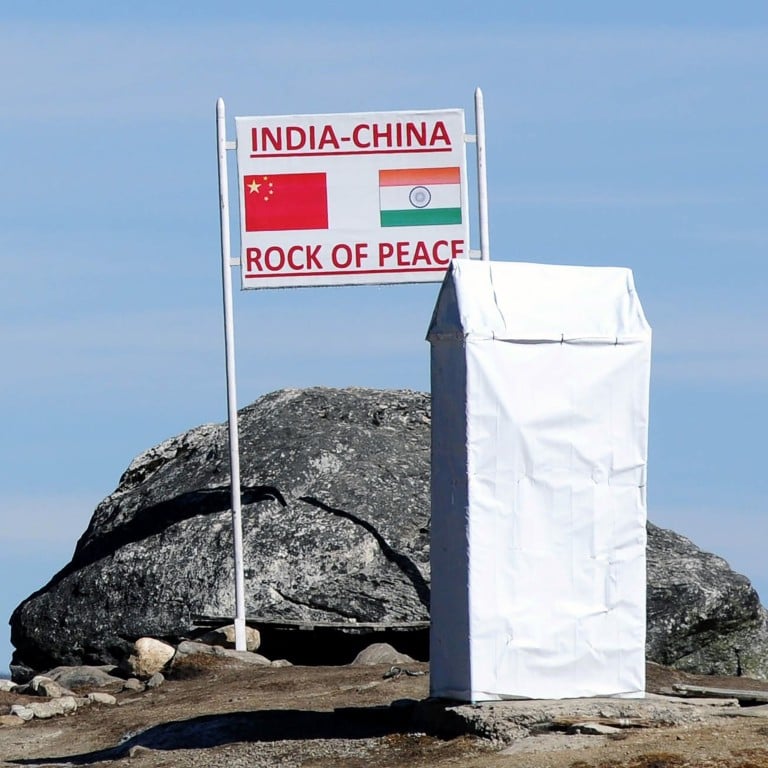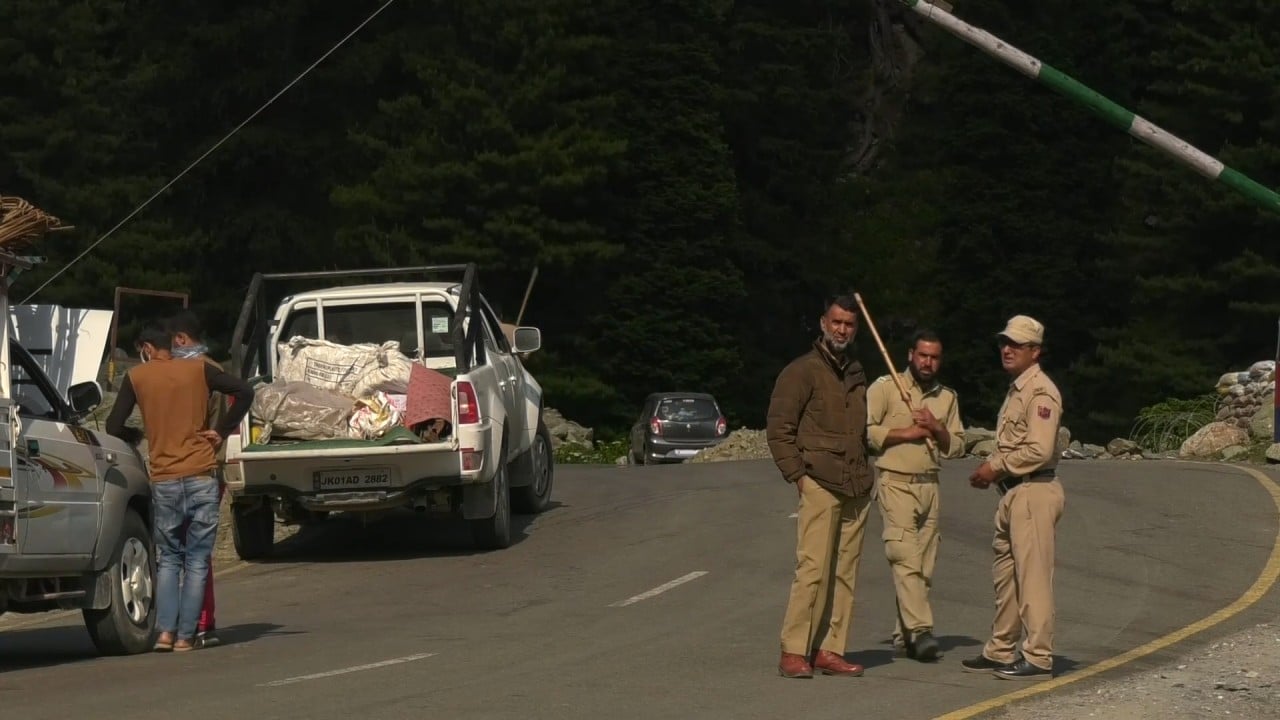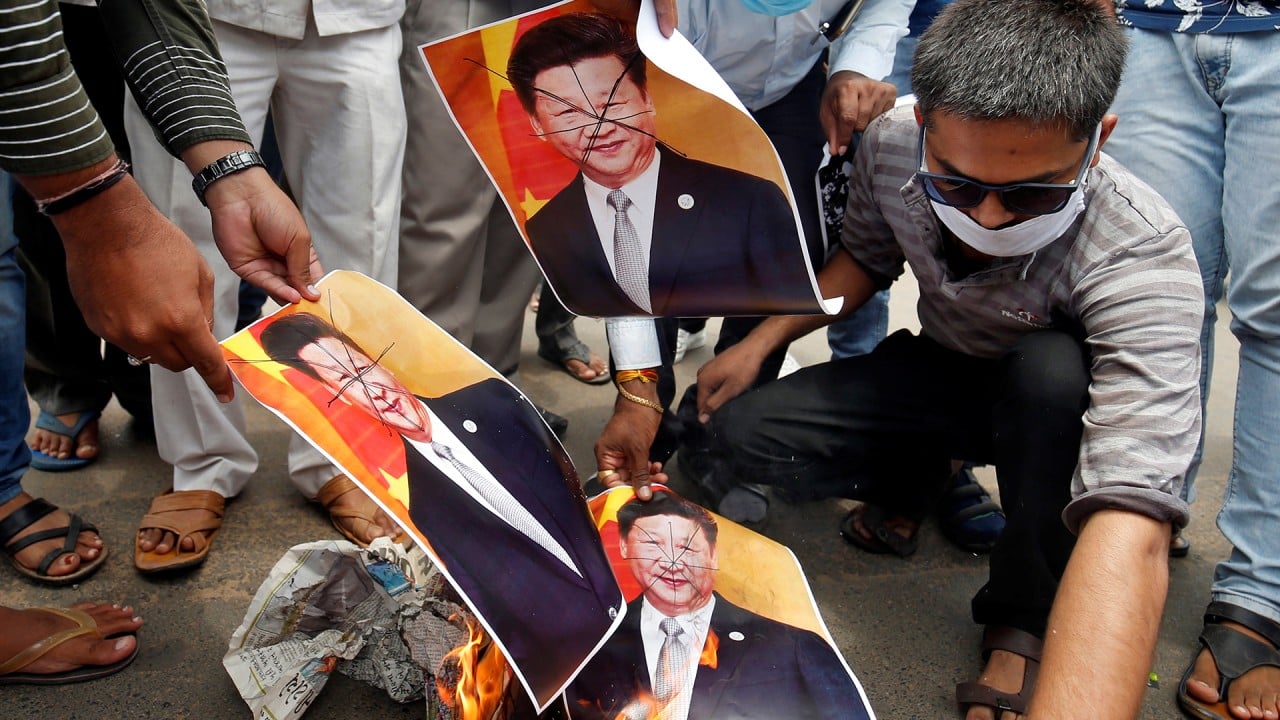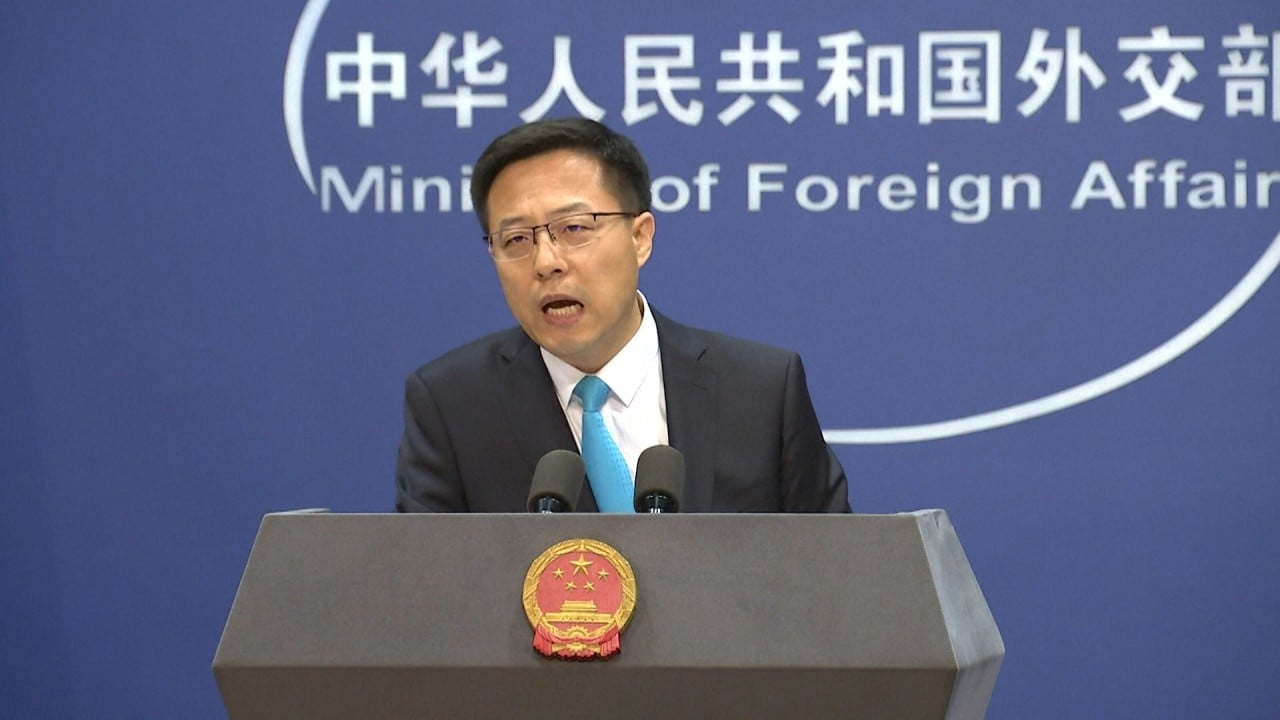
Explainer | Why are Indian and Chinese soldiers fighting with fists, sticks and rocks?
- The answer lies in a 1996 treaty that so far has prevented the countries’ border dispute turning even more deadly
- But as the two sides mobilise weapons, and after a tense meeting between their militaries, there are signs that the agreement may be a fragile one
In the conflict, soldiers on both sides did not use any firearms nor explosives. Instead, they fought barehanded, and with sticks and rocks. The restraint was based on an agreement reached in 1996.
What is the 1996 agreement?
Under the agreement, the two militaries are prohibited from firing guns or detonating explosives within 2km (1.2 miles) of the LAC except for training use in shooting ranges “to prevent dangerous military activities in the LAC”.

01:59
Death toll rises to 20 in border clash between India and China
The two sides also agreed to reduce or limit their respective military forces along the LAC. They agreed to limit major weapon types, including combat tanks, infantry combat vehicles, howitzers with a 75mm or bigger calibre, mortars with a 120mm or bigger calibre, surface-to-surface missiles and surface-to-air missiles. Military aircraft were also banned from flying within 10km of the LAC without notification.
How effective has the agreement been?
The last time prolonged border disputes between China and India resulted in loss of life was in 1975, when patrolling troops exchanged fire and four Indian soldiers were killed.
In the decades following, there have been clashes along the long LAC almost every spring when snow thaws in the world’s highest mountainous region, making patrols and opportunistic action possible. Some incidents escalated, but there have been no reports of casualties.

05:02
Indians burn effigies of Chinese President Xi Jinping over deadly border clash
During the stand-off, however, in the Pangong Lake area – which is between Indian-controlled Ladakh and Chinese-controlled Aksai Chin – the two militaries engaged in group fights.
Video circulated online showed they threw punches, kicks and stones at each other, causing injuries on both sides.
China’s People’s Liberation Army (PLA) has recruited professional combat clubs in Tibet as militia who train with soldiers, according to a recent report by PLA Daily.

02:03
China says India should take ‘entire responsibility’ for deadly border clash
Why was the recent fight deadly?
Last week’s incident stood out, with its unusually large number of casualties. A colonel and two soldiers from India were said to be dead on site, and over 90 sustained injuries, of whom 17 died overnight.
At an altitude of 4,300 metres (14,000 feet), the critically injured were exposed to low oxygen levels and sub-zero temperatures overnight, and transportation difficulties on the steep ridge over the valley delayed search and rescue missions.
Unverified reports said that the Chinese soldiers had used nail-studded rods, and that some Indian soldiers had fallen off the cliff during the fight.
Beijing stays quiet on light casualties in China-India border skirmish
Nevertheless, the fatalities demonstrated the degree of tension. If the ban on firearms were to be removed, the bloodshed could only be far more significant. In the 1962 border war between the two countries, hundreds of Chinese and thousands of Indians lost their lives.
Will the 1996 agreement continue to be honoured?
Indian media reports said that during a meeting between the two militaries on Monday, the Indian commander, Lieutenant General Harinder Singh, told his Chinese counterpart, South Xinjiang Military District chief Major General Liu Lin, that he had been given the discretion to take appropriate actions if necessary – hinting that India may abandon the 1996 agreement.
China, India reinforcing border positions, satellite images show
If the agreement is abandoned, future clashes and stand-offs could easily escalate into military confrontations, with both sides having mobilised significant reinforcements in recent weeks.

